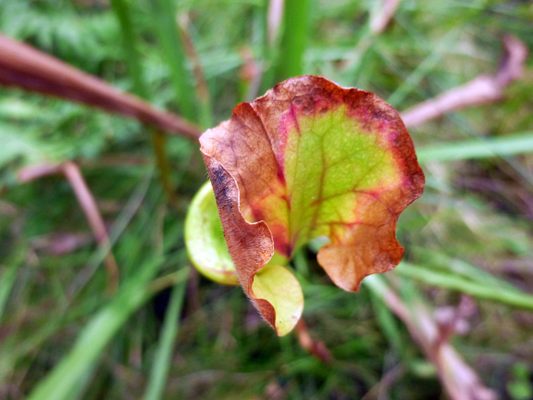About
The glass-domed conservatory at Huntington Gardens is home to many exotic plants, but tucked away in one of the wings is a special boggy environment dedicated to the most delightful plants of them all: the meat eaters.
On display within the massive 16,000 square-foot Rose Hills Foundation Conservatory are numerous species of unusual carnivorous plants, including American pitcher plants, sundews, Venus flytraps, and butterworts.
One example is the Sarracenia trumpet pitcher, native to the eastern United States, it flowers in the spring with a pretty little blossom and a distinctive smell, not unlike cat urine. The pitchers are actually the leaves of the plant, and form slippery funnels that attract and trap curious insects. Larger pitcher plants can trap and digest a full grown rat.
In comparison, the Drosera, or sundew, relies on hundreds of tiny sticky drops along their leaves to trap and digest insects. There are more than 194 known species of sundews, making it the largest genera of carnivorous plant. The humble looking Pinguicula, or Butterwort, with its pretty and unassuming purple blooms, uses a similar technique, trapping small insects on its sticky leaves.
The most famous of carnivorous plants however, the Venus flytrap or Dionaea muscipula, is the only one in the family to use moving parts to trap insects. As is famously shown on nature documentaries, when the motion of an insect crosses the sticky hairs on the flytrap’s surface, the leaves snap shut, creating a bug trap.The Conservatory is also home to the rare and dead carcass scented Amorphophallus titanum, otherwise known as the Corpse Flower. It last bloomed in June 2010.
Related Tags
Know Before You Go
The carnivorous plants can be found within the Bog exhibit in the Rose Hills Foundation Conservatory
Community Contributors
Added By
Published
December 12, 2012



































